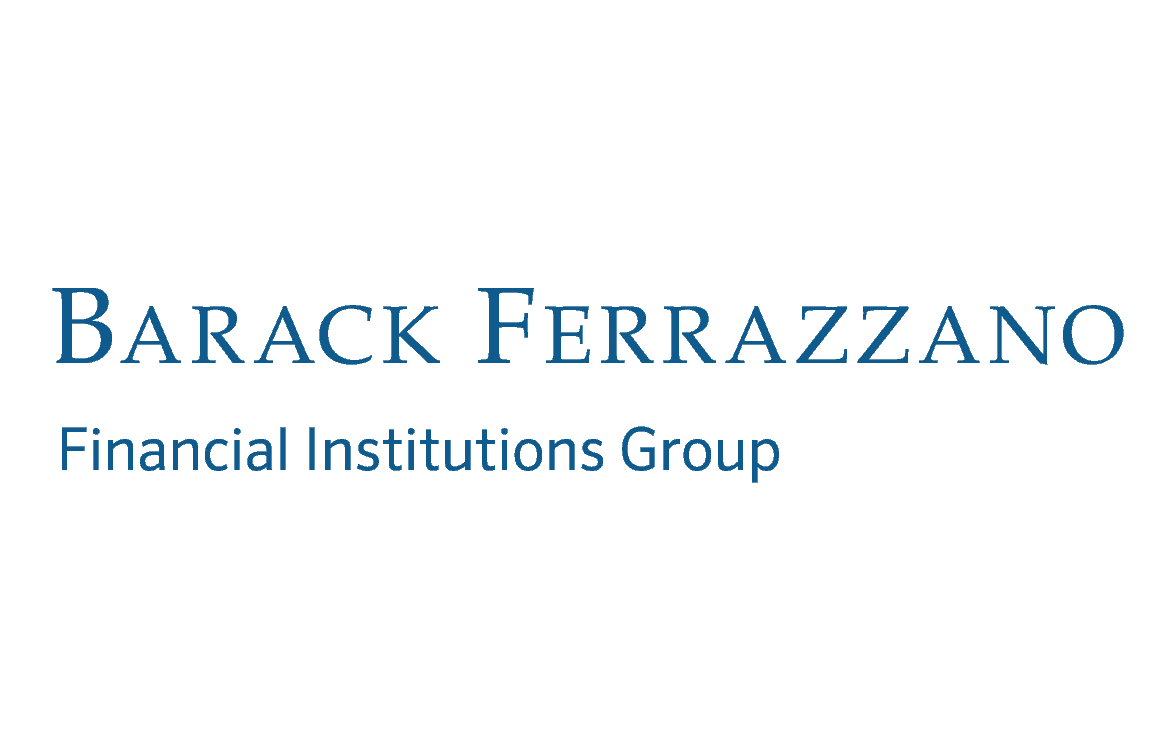Stan Orszula is a partner at Barack Ferrazzano Kirschbaum & Nagelberg LLP. He has extensive experience providing strategic counsel to banks on banking-as-a-service (BaaS), compliance and regulatory issues, cryptocurrency and digital assets, general banking corporate matters, lending issues, distressed loans and assets, failed bank receiverships and fintech agreements and partnerships. His background includes experience as a counsel with the FDIC, sitting on the board of a financial institution and representing banks in private practice for over 15 years. Banks rely on his unique perspective to navigate today’s complex regulatory environment and in implementing new technology, products and services.

Mitigating Banking’s Headwinds
Banks face a confluence of adverse trends when it comes to asset quality, legal liability, liquidity, third-party relationships and compliance.
Brought to you by Barack Ferrazzano

The events of 2023, both within the banking industry and beyond, are chilling traditional growth opportunities and providing new challenges for banks. We are seeing adverse trends in the areas of asset quality, litigation, liquidity, third-party relationships and compliance that are headwinds for banks. Nevertheless, many of these issues can be mitigated in 2024 by enhancing risk management practices and engaging in traditional safe and sound banking practices.
Asset quality measures. With higher interest rates and economic uncertainty, loan workouts are steadily increasing. We are seeing proactive banks reviewing their borrowers and their collateral, bolstering protective provisions in their loan documents to prevent surprises and taking actions now to limit their risk, rather than risk surprises.
Aggressive litigation against banks. In the past year, we have seen the number and type of aggressive litigation against banks continue to rise, as banks continued to be seen as sources of monetary recovery. These include class action lawsuits based on alleged illegal overdraft and account-related matters, employment issues, commercial customer issues (such as lender liability, speculative bankruptcy trustee litigation and other lawsuits where the bank is named as a party based on a customer’s bad acts or business practices) and third-party vendor related issues. Although banks are always litigation targets, the number and type of lawsuits continue to rise given current uncertainty.
Banks can mitigate these risks through careful contract review, knowing their customers and preserving relevant documents through systemic document retention policies. Additionally, many of these lawsuits make identical allegations and often are filed by the same plaintiff law firms, so knowing the right approach from experience can lead to a quicker and more positive outcome.
Third-party relationships. Third-party relationships are causing greater contractual and regulatory issues for banks. On the contractual side, we are seeing increased disputes between banks and their third-party vendors, whether technology providers, fintechs or banking as a service partners. On the regulatory side, we are seeing regulators scrutinize these third-party relationships more heavily in examinations because of increased skepticism that banks are properly managing them. In response, we are working with banks to describe these relationships to regulators more thoroughly and obtain any necessary feedback before they are implemented. Proper and involved vendor management practices and contracting, along with the understanding that the regulators are increasingly scrutinizing these relationships and agreements, can help minimize potential issues.
Liquidity. Recent publicized large bank failures have led to lower depositor confidence, which sometimes results in slow deposit walks — versus deposit runs — and related liquidity uncertainty. We see banks performing sophisticated concentration analyses and monitoring and running tabletop exercises (like cybersecurity scenarios) to identify and limit potential liquidity issues and prepare for any uncertainties.
Compliance. We are seeing increased regulatory focus on consumer compliance. For example, regulators are increasingly scrutinizing fair lending issues and frequently involve the U.S. Department of Justice, with related negative consequences. Banks are limiting their exposure by analyzing lending data carefully and evaluating risk for any potential disparate treatment of protected individuals throughout the entire lending process. Banks are also reviewing and acting proactively in other compliance areas to avoid any undue regulatory scrutiny, such as enhancing their real-time customer complaint data analysis process. Additionally, proactive regulator engagement is helping banks avoid potentially larger issues down the road.
We continue to work with financial institutions to find ways to mitigate these risks before these problems occur. Doing the basics of banking well — strong compliance, strong operations and strong leadership (both board and management) — is critical. If an issue arises, whether with a borrower loan workout, litigation, fair lending, a consumer compliance referral or any other customer issue, dealing with that issue both quickly and strategically is key to a successful outcome.


